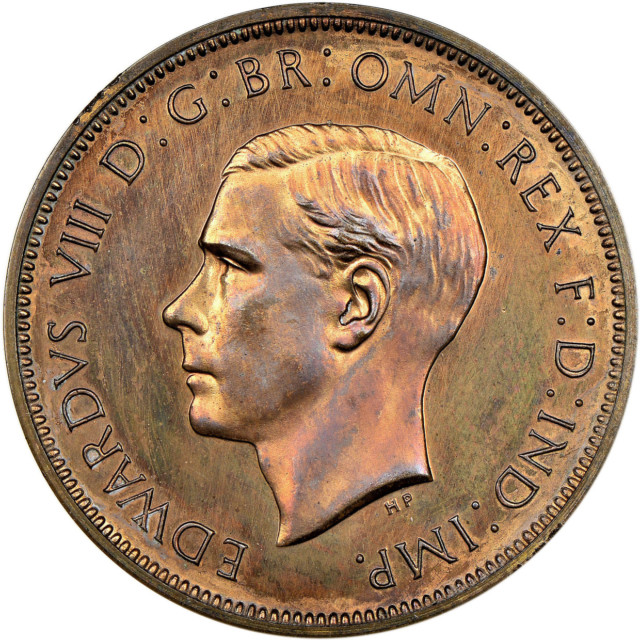MIND-BLOWING photographs from the Royal Mint’s archive give a rare look at its 1,100-year-long history.
The images have been revealed by the government-owned mint to celebrate its first-ever coin released to commemorate itself.
They tell the story behind the newest £5 coin, which pays tribute to Edward I who decreed that minting should take place at the Tower of London.
It features a replica Edward I penny – one of the first coins struck at the Tower – set against a Norman arched window from the White Tower.
The reverse design of the coin, which has been designed by Timothy Noad, features a special Tower mint mark.
But the Royal Mint’s history can be traced all the way back to a silvery penny of Alfred the Great, which was struck by hand in the ninth century.
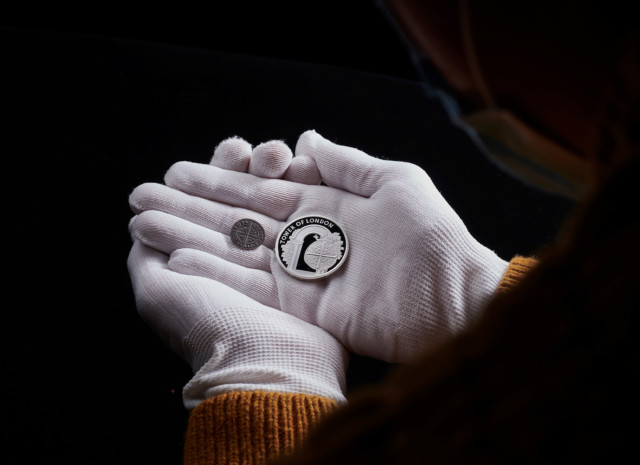
HOAR was given an exclusive interview with The Royal Mint Museum historian Chris Barker.
He told us how coins are mini-chunks of history, going back not just through Queen Elizabeth’s 68 years in charge, but all the way to 1279 when the Royal Mint found a home in London.
At the time, King Edward I, chose to form a single mint and locate it in what was then the most secure site in the country, The Tower of London.
At that point, Brits didn’t use money as we know it today, with workers instead being paid on in shelter, food and drink, rather than actual wages.
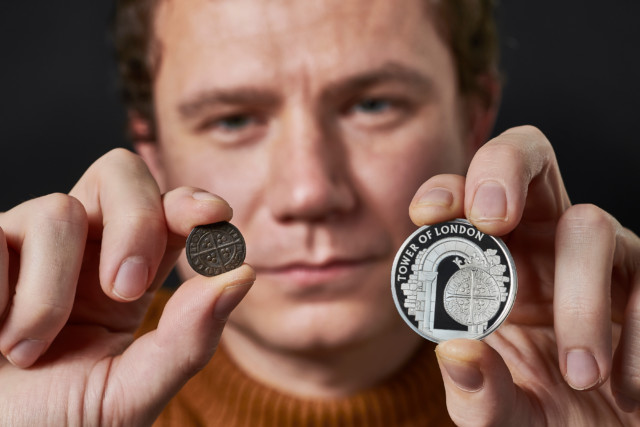
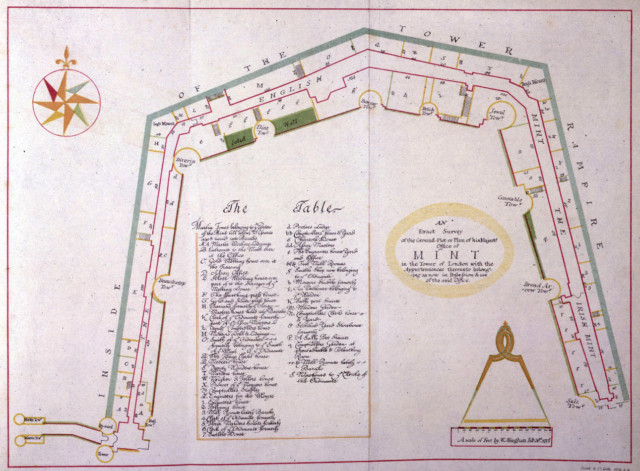
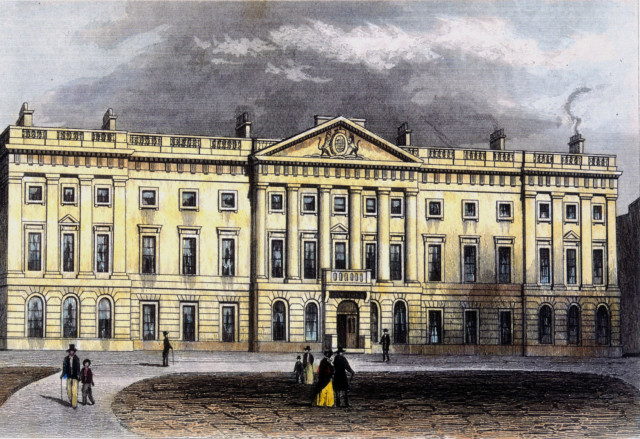
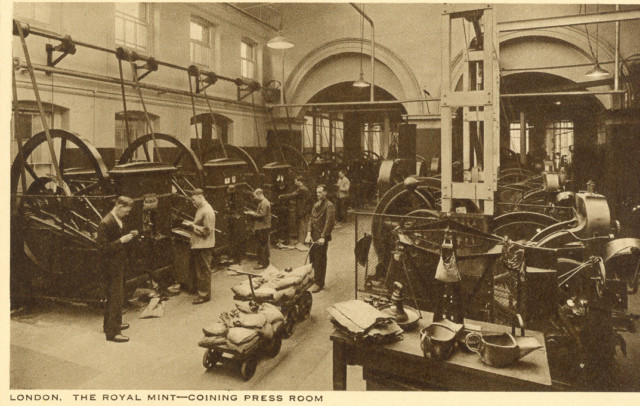
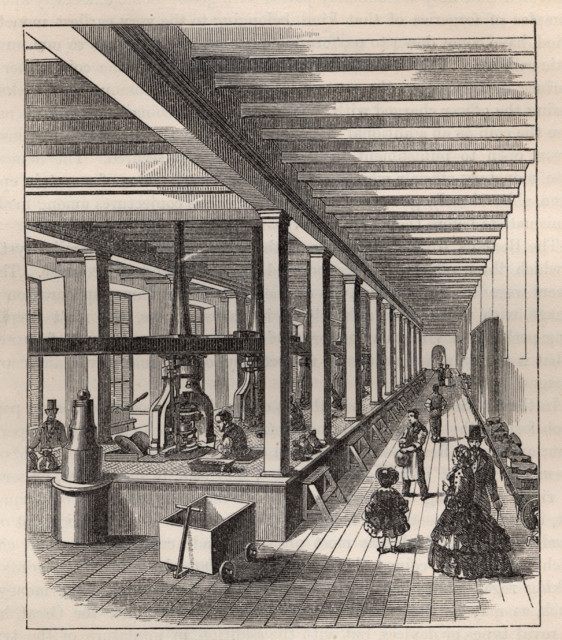
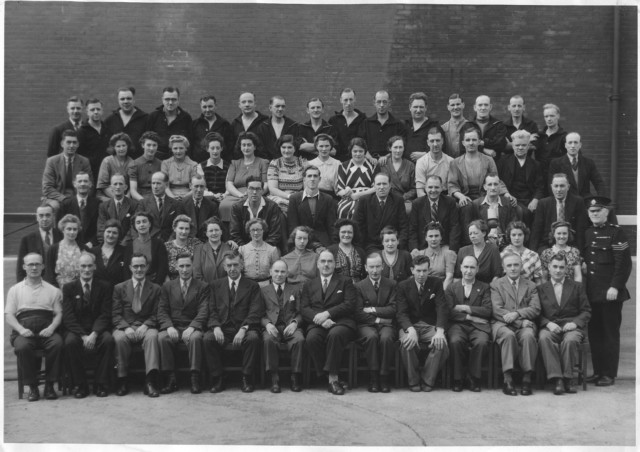
Mr Barker said: “The first coin was very much a high-end one that would buy you a lot of goods.
“You’d be looking at something that could have considerable purchasing power, which would probably get you three sheep or one cow, for example.”
At its new home in the Tower of London, the Royal Mint worked directly under the monarchy, which often had an impact on coin creations.
For example, in 1544 Henry VIII created so-called debased coins in cheaper metals like copper, which are lower in quality, in a bid to save money.
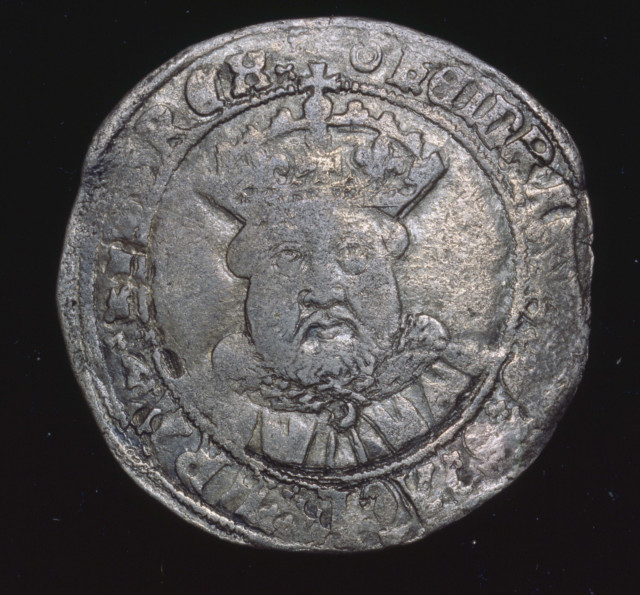
The decision had a negative impact on trade, so after Elizabeth I came to power she returned Britain’s coins to the high standard we know today.
Today, every coin theme and design still has to be approved by the Treasury and the Queen herself.
Mr Barker told HOAR the Royal Mint starts to look at new UK themes up to three years ahead of launch, while the design process takes 18 months.

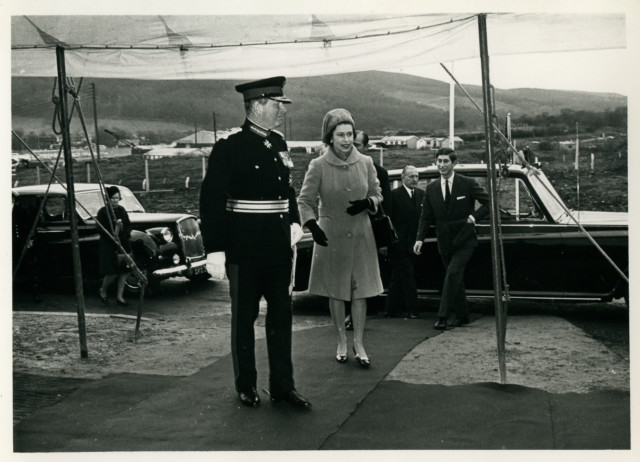
Coins were produced by hand striking all the way until mechanization in the 1660s.
Currently, coin factories use a similar basis to strike coins with dies that have designs engraved on them.
The speed and rate has massively increase though, and machines can now produce between 600-800 coins a minute, Mr Barker said.



